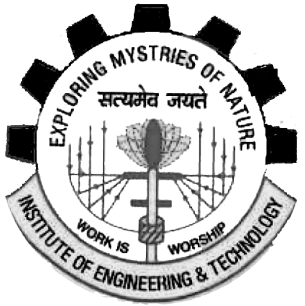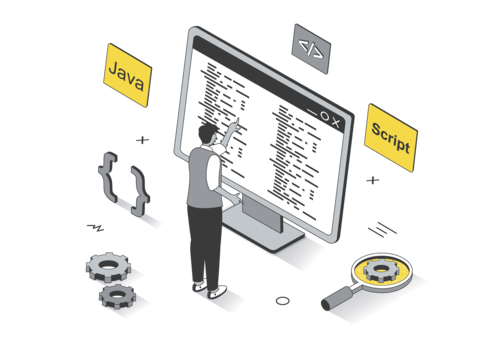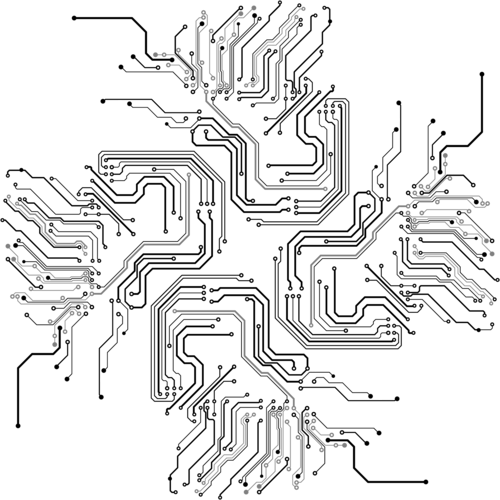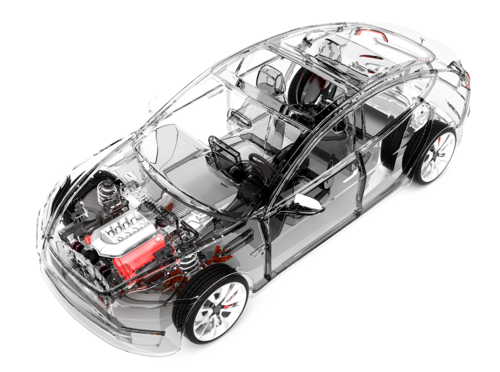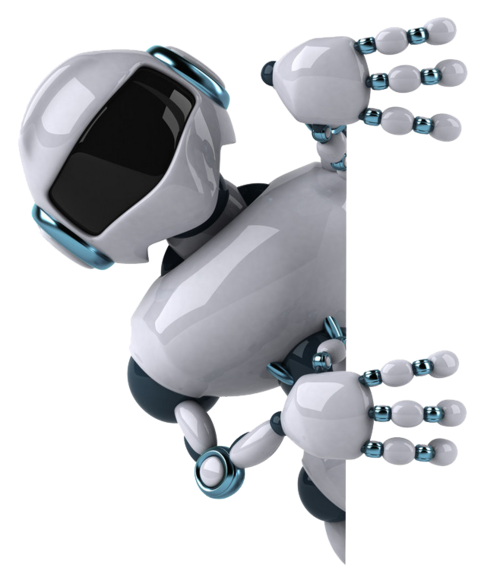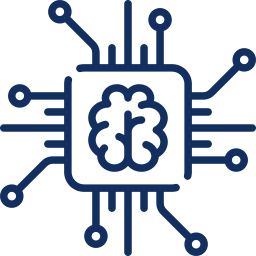1 / 8
Computer Science and Engineering
Computer Science Engineering (CSE) is an engineering discipline that covers several
topics related to computation, programming languages, program design, computer hardware and software and
integrates several fields of computer science. It is one of the trending subjects which students pursue
after completing Class 12. CSE is a four-year undergraduate course which involves various aspects needed
for the creation of a computer system.
2 / 8
Electronices Engineering
Electronics and communication engineering (ECE) is a discipline of engineering that
involves developing and testing electronic circuits and communication devices like transmitters, receivers
and integrated circuits.
Electronics and communication engineering (ECE) comprises communication engineering and the core of
electrical engineering. A career in this field can be very diverse and rewarding. Knowing more about this
profession will help you determine if it is the right career path for you
3 / 8
Information Technology
Information Technology is technology solutions for organizational and business problems.
This engineering field utilizes computers, networks, storage, and other technological infrastructure, both
software & hardware, to deal with and use information/data.
The B.E in Information Technology degree topics covers typically the study of the three main scopes of
specialization in Information Technology namely network administration, computer support, and programming.
4 / 8
Machenical Engineering
Mechanical engineers make a difference. That's because mechanical engineering careers
center on creating technologies to meet human needs. Virtually every product or service in modern life has
probably been touched in some way by a mechanical engineer to help humankind.
This includes solving today's problems and creating future solutions in health care, energy,
transportation, world hunger, space exploration, climate change, and more.
5 / 8
Electrical Engineering
Electrical engineering is one of the newer branches of engineering, and dates back to
the late 19th century. It is the branch of engineering that deals with the technology of electricity.
Electrical engineers work on a wide range of components, devices and systems, from tiny microchips to huge
power station generators.
6 / 8
Electronices Inst. Engineering
Electronics and Instrumentation Engineering. After graduation Instrumentation Engineers
get jobs in government and private companies. Landing in a multinational company can fetch from Rs. 4-6
lakh for freshers. Emerging technologies like Artificial Intelligence, Machine Learning and Robotics are
involved in Instrumentation Engineering. This reflects that there are copious chances across these
upcoming technical domains.
7 / 8
Artificial Inteligence
Artificial intelligence leverages computers and machines to mimic the problem-solving
and decision-making capabilities of the human mind.(AI) is intelligence - perceiving, synthesizing, and
infering information - demonstrated by machines, as
opposed to intelligence displayed by animals and humans. Example tasks in which this is done include
speech recognition, computer vision, translation between (natural) languages, as well as other mappings of
inputs. OED (OUP) defines artificial intelligence as:[1]
8 / 8
Machine Learning
(AI) is intelligence - perceiving, synthesizing, and infering information - demonstrated
by machines, as opposed to intelligence displayed by animals and humans. Example tasks in which this is
done include speech recognition, computer vision, translation between (natural) languages, as well as
other mappings of inputs. OED (OUP) defines artificial intelligence as:[1]
